
The First Modern Landscape
The Harvesters, painted by Pieter Bruegel the Elder in 1565, represents “a watershed in the history of western art” at at time when “the religious pretext for landscape painting has been suppressed in favor of a new humanism, and the unidealized description of the local scene is based on natural observations.” (TheMet)
OK. What does that mean?
Why has the painting been called “first modern landscape?”[6] Jacob Wisse explains the significance in the following passage from Heilbrunn Timeline of Art History:
“Bruegel’s use of landscape…defies easy interpretation, and demonstrates perhaps the artist’s greatest innovation. Working in the aftermath of the Reformation, Bruegel was able to separate his landscapes from long-standing iconographic tradition, and achieve a contemporary and palpable vision of the natural world.”
More succinctly, Deanna MacDonald writes, “Gone was the religious pretext for landscape painting. Instead of using landscape as simply the setting for a biblical or mythological story, Bruegel makes nature itself, including human nature, the subject.”
To me, Bruegel’s astute commentary on human nature is the key to this painting’s power to be relevant centuries after its own time; thus, a “watershed” and a masterpiece are born as “the first modern landscape.”
Video: TheMet
One of Six
Jacob Wisse writes that Bruegel painted a series of six works representing “Seasons of the Year” (or “Labors of the Months”) commissioned for the home of wealthy Antwerp merchant Niclaes Jongelinck, “who owned no less than sixteen of the artist’s works.”
Five of the surviving paintings are:
- Gloomy Day
- Return of the Herd
- Hunters in the Snow (all Kunsthistorisches Museum, Vienna)
- Haymaking (Národní Galerie, Prague)
- The Harvesters” (19.164).
Video: BBC
A Landscape Transformed
Jacob Wisse continues,
Though rooted in the legacy of calendar scenes, Bruegel’s emphasis is not on the labors that mark each season but on the atmosphere and transformation of the landscape itself. These panoramic compositions suggest an insightful and universal vision of the world—a vision that distinguishes all the work of their remarkable creator, Pieter Bruegel the Elder.
Quote from Jacob Wisse
Heilbrunn Timeline of Art History. New York: The Metropolitan Museum of Art, 2000–. http://www.metmuseum.org/toah/hd/brue/hd_brue.htm
My Personal Favorite: ArtSleuth
Who Was Pieter Bruegel the Elder?
The most significant artist of Dutch and Flemish Renaissance painting, Pieter Bruegel the Elder (1525 – 1569) was a painter and printmaker from Brabant. He is known for making landscapes and peasant scenes the focus of large paintings, reflecting the new humanism of the 16th Century.
He was a formative influence on Dutch Golden Age painting – and later painting in general – in his innovative choices of subject matter, being one of the first generation of artists to grow up when religious subjects had ceased to be the natural subject matter of painting. He also painted no portraits, the other mainstay of Netherlandish art.
After his training and travels to Italy, he returned in 1555 to settle in Antwerp, where he worked …as a prolific designer of prints for the leading publisher of the day. Only towards the end of the decade did he switch to make painting his main medium, and all his famous paintings come from the following period of little more than a decade before his early death, when he was probably in his early forties, and at the height of his powers. Read more: Wikipedia
A Confusing Family of Artists
Pieter the Elder had two sons: Pieter Brueghel the Younger and Jan Brueghel the Elder (both kept their name as Brueghel). Their grandmother, Mayken Verhulst, trained the sons because “the Elder” died when both were very small children.
Other members of the family include Pieter Coecke van Aelst and Mayken Verhulst (father-in-law and mother-in-law to Pieter Bruegel the Elder), Jan van Kessel the Elder (grandson of Jan Bruegel the Elder) and Jan van Kessel the Younger. Read more: Wikipedia
Summary: The Big Picture
The Metropolitan Museum of Art calls this painting a “watershed in the history of Western art”[1] and the “first modern landscape”.[6]. Because of the new humanist lens through which Pieter Bruegel the Elder viewed his world, landscape painting was no longer limited to backgrounds for mythological or religious illustrations.
“Working in the aftermath of the Reformation, Bruegel was able to separate his landscapes from long-standing iconographic tradition, and achieve a contemporary and palpable vision of the natural world.” (J.Wisse 2002)
Highlighted by Pieter Bruegel the Elder’s narrative genius in observing and recording human nature in all its glory, “The Harvesters” gives us a dual glimpse into Bruegel’s world of the 16th Century and our own world today; thus, a masterwork is born.
Click to view larger image:
Best viewed At Sunnyside



















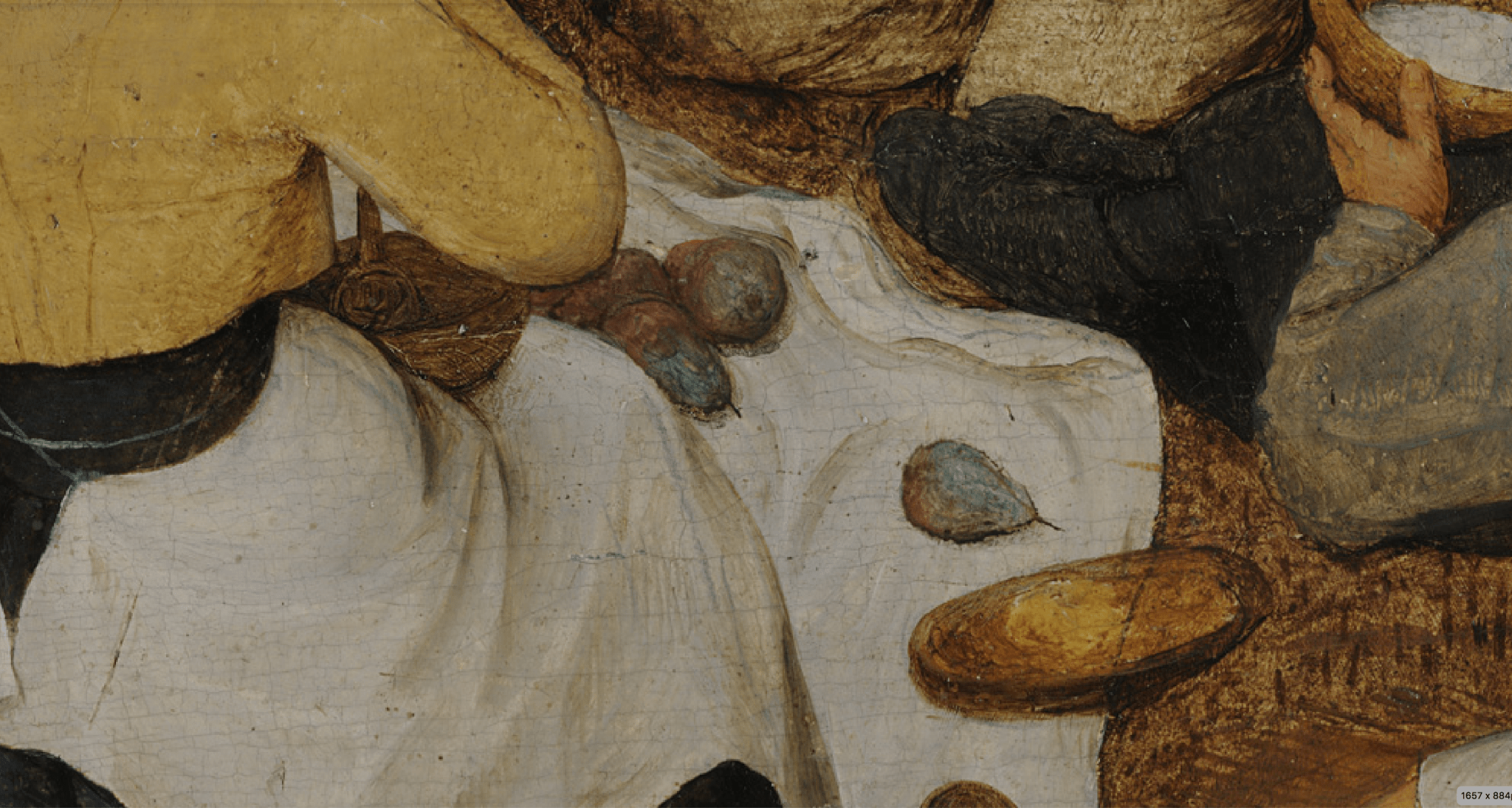
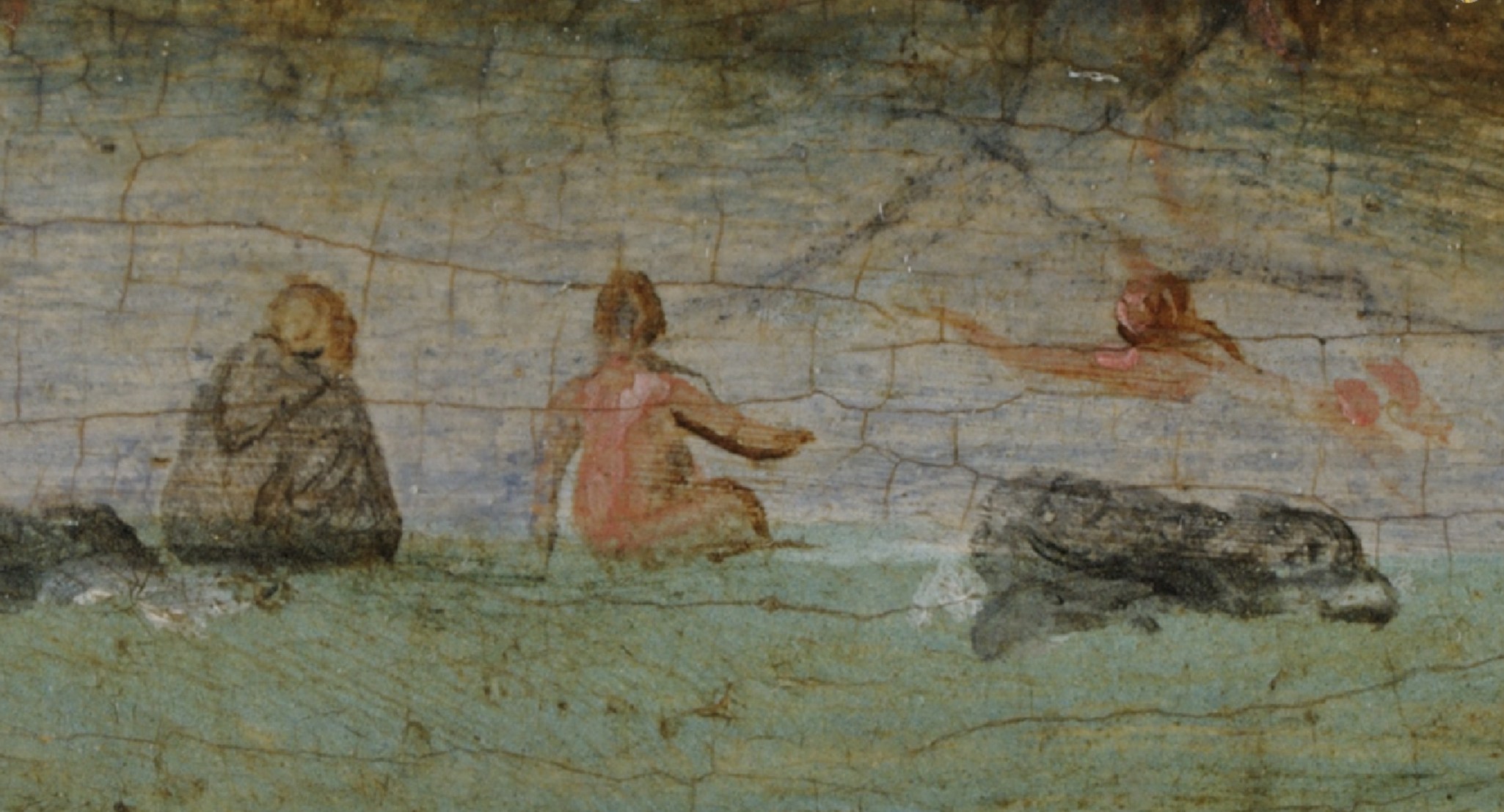


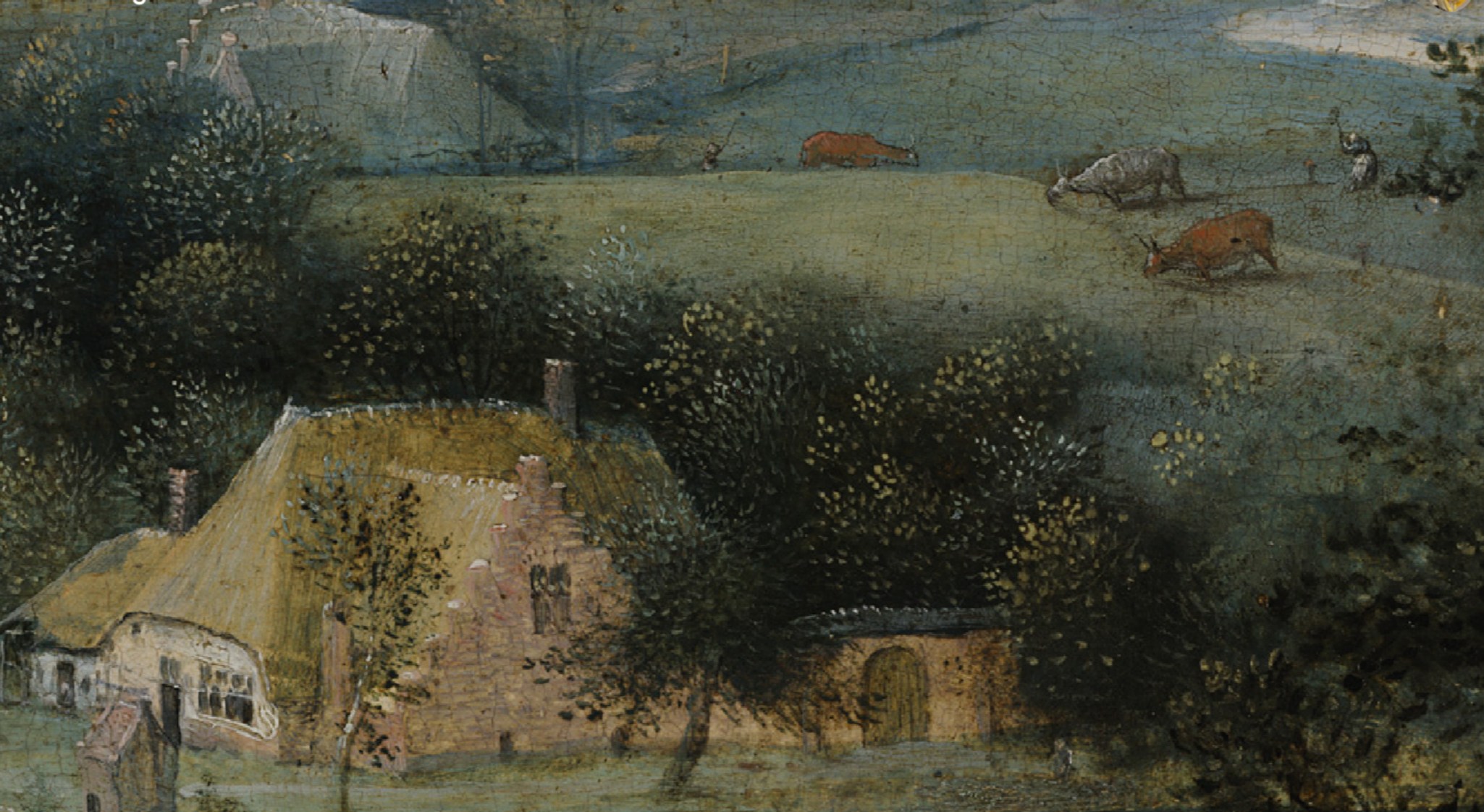


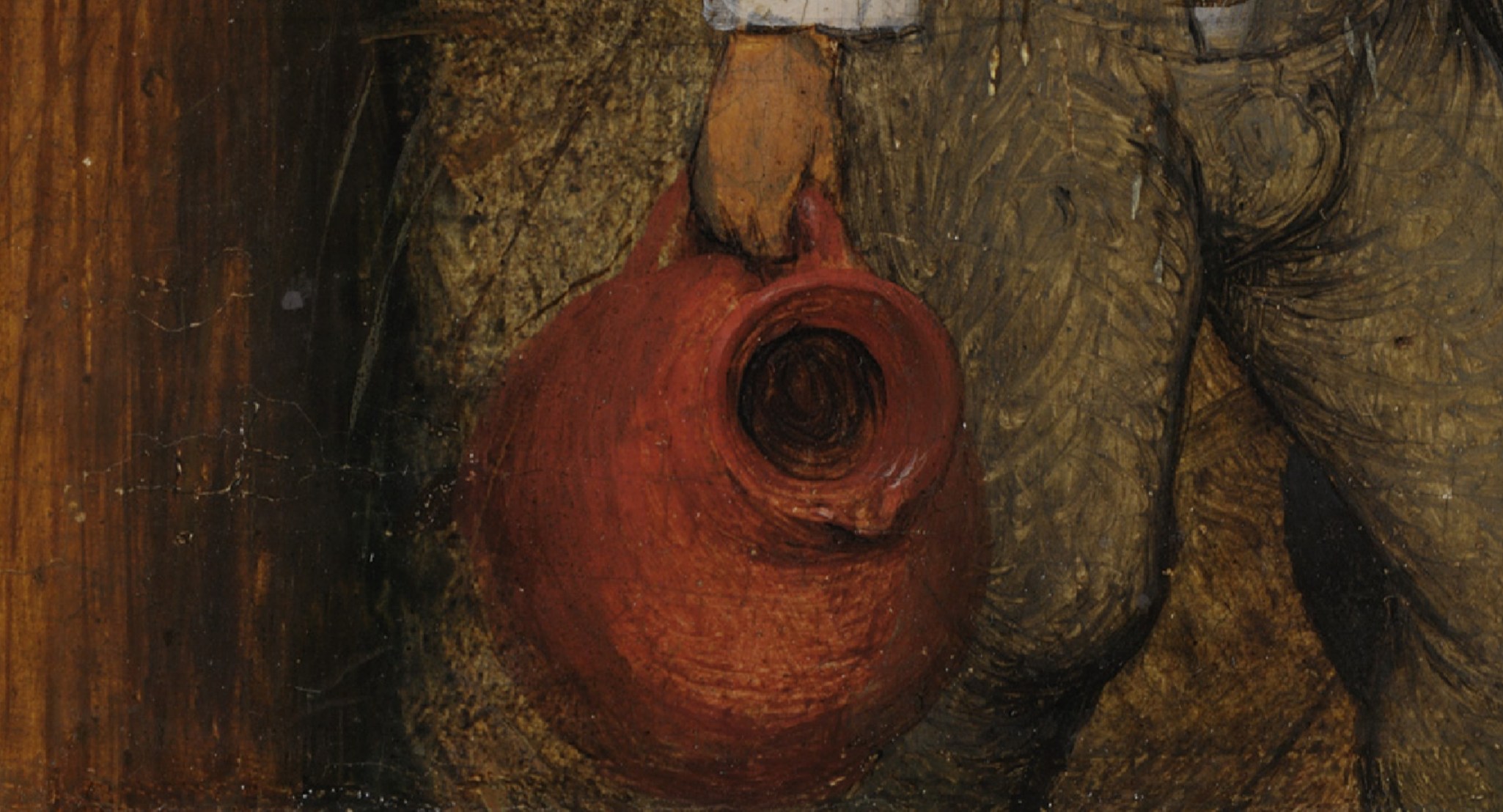
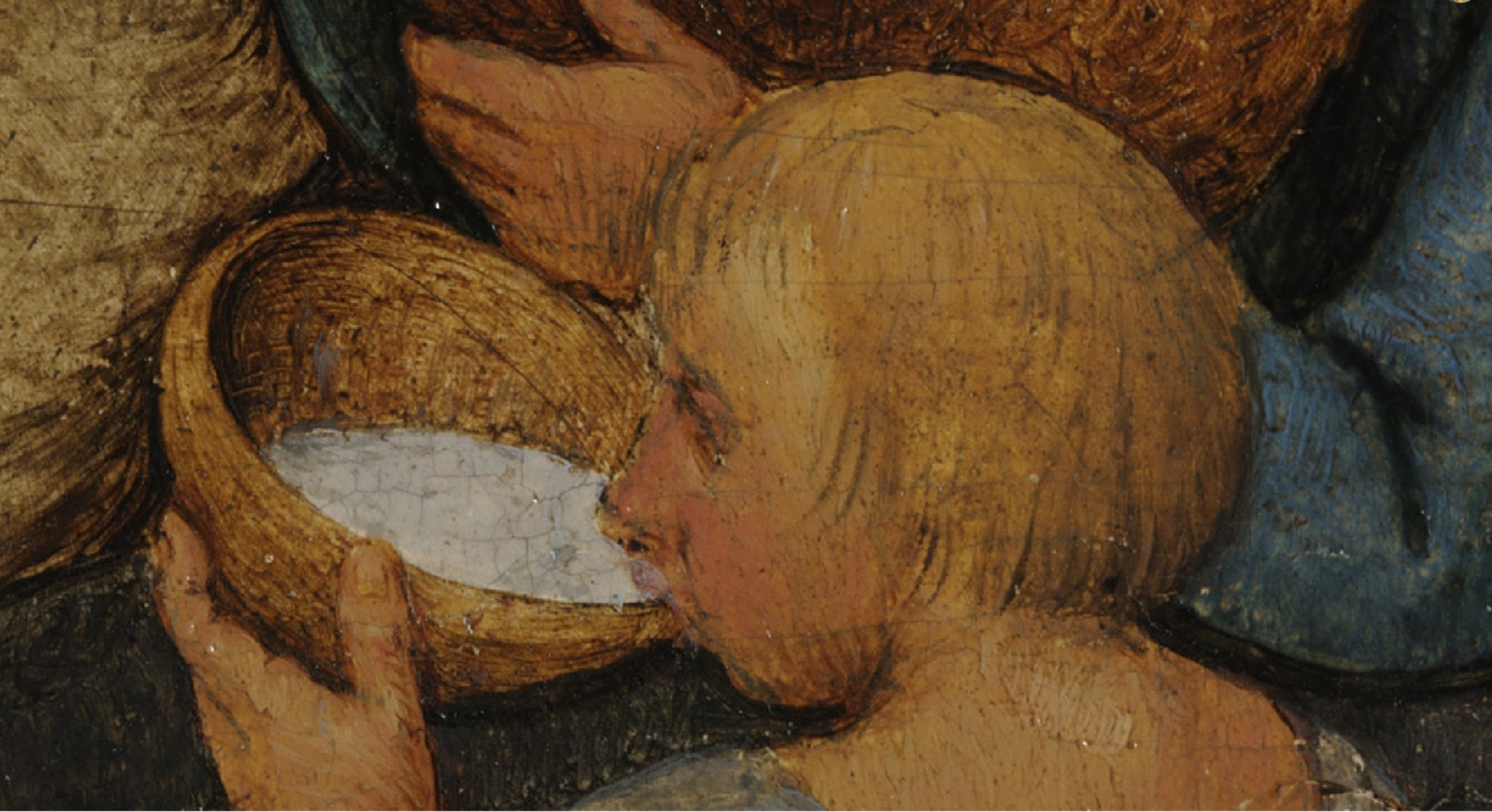





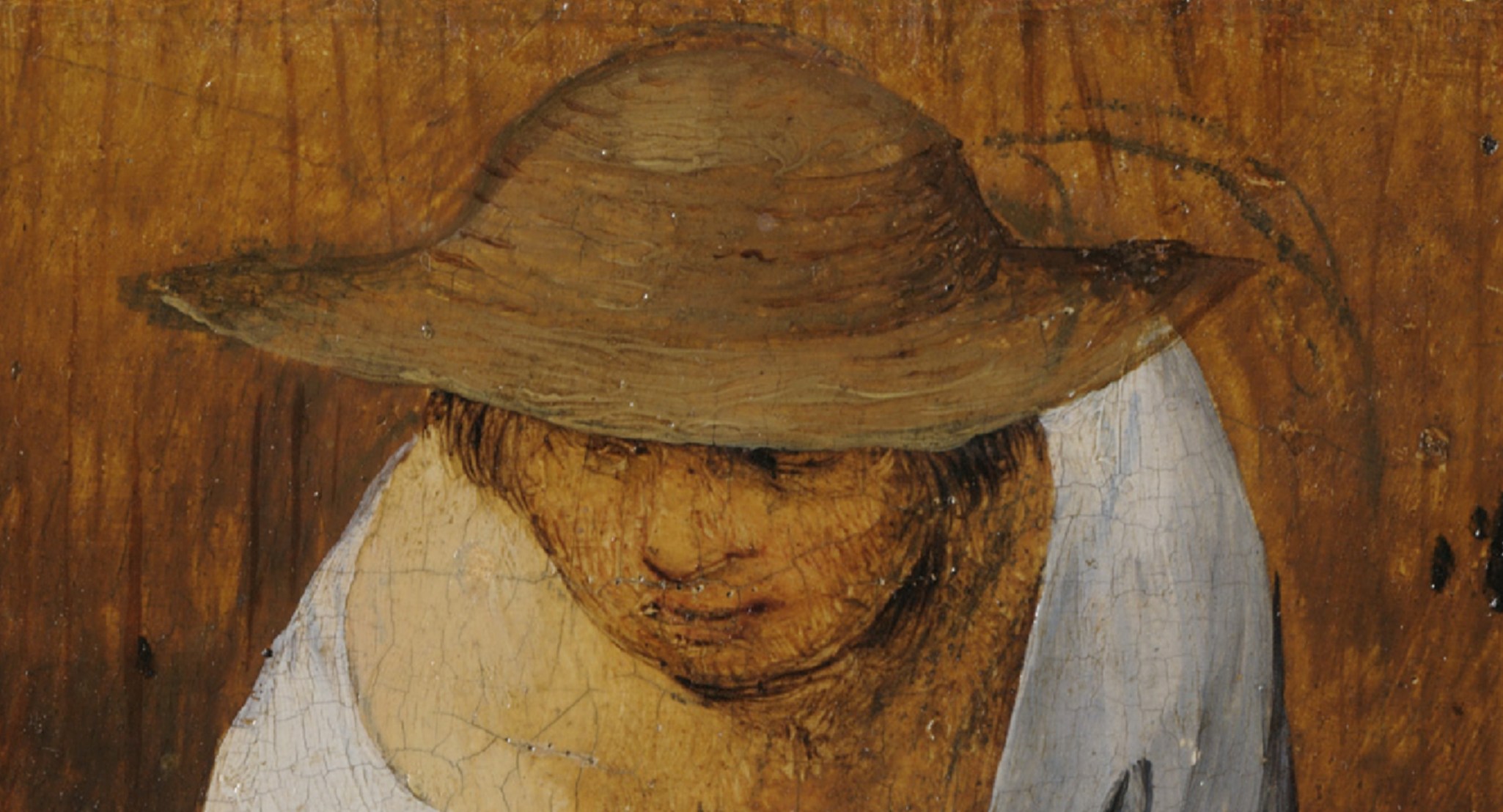















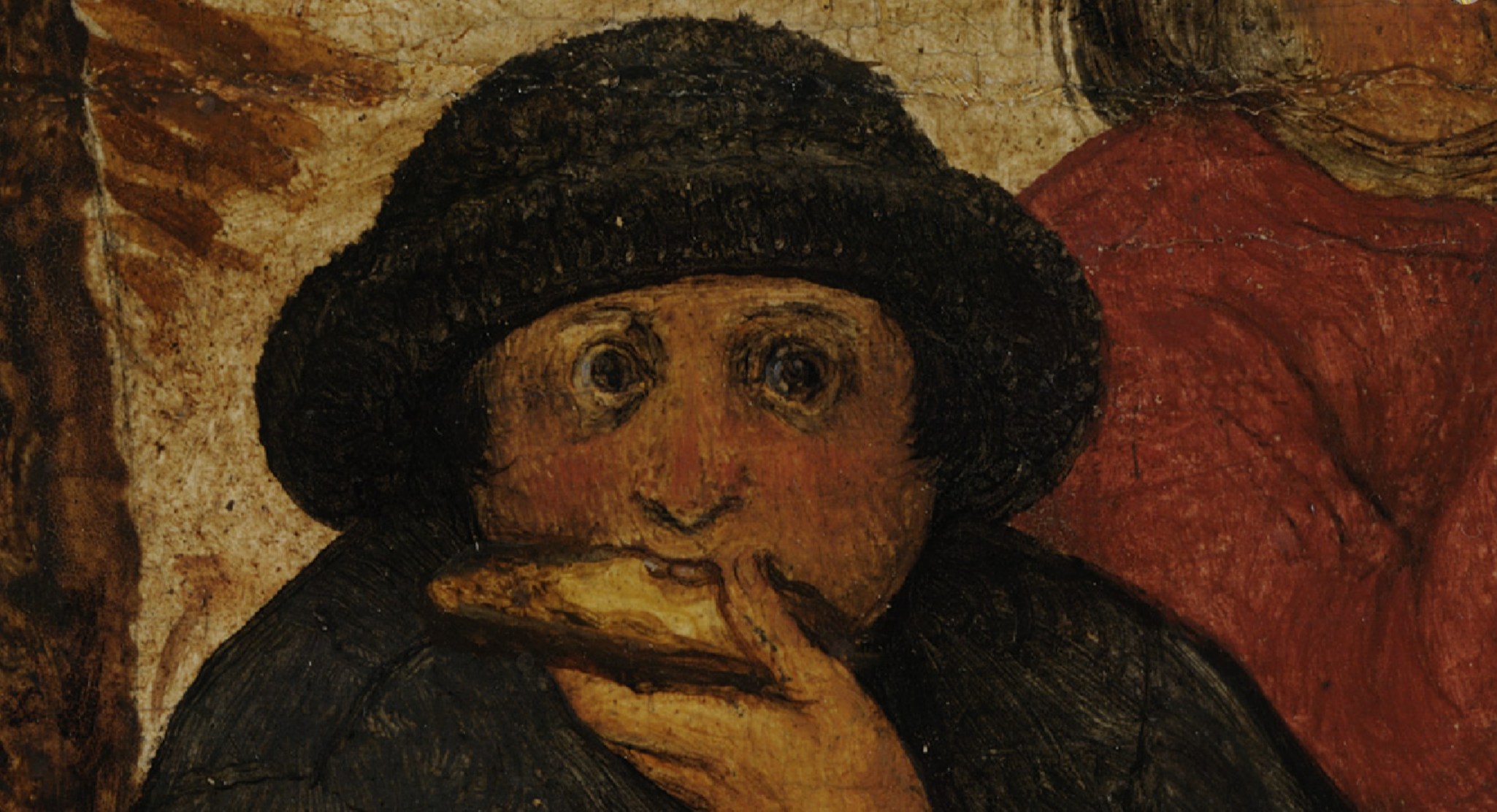
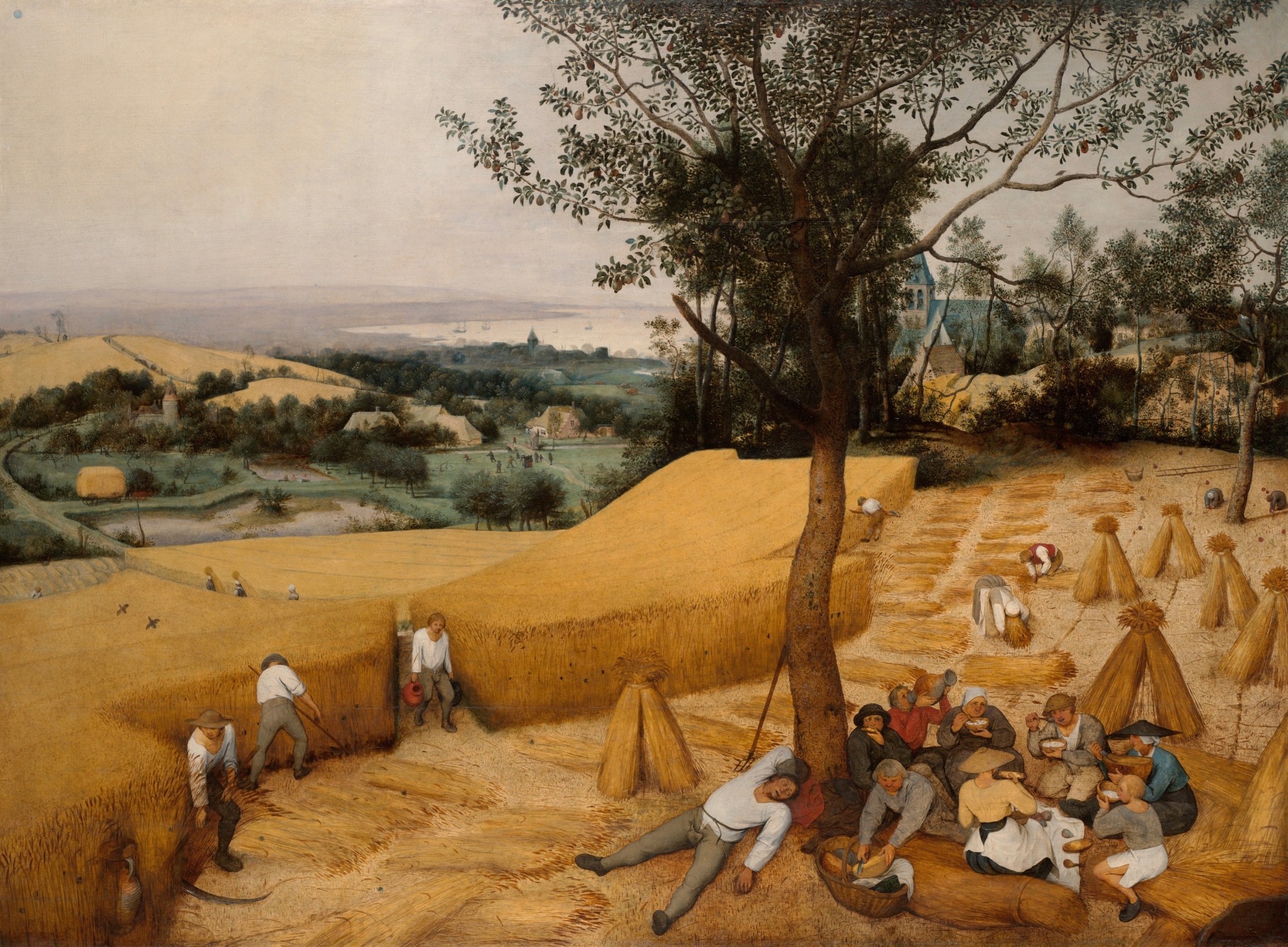
The Metropolitan Museum of Art
calls this painting a “watershed in the history of Western art”[1]
and the “first modern landscape”.[6]
Details
- Title: The Harvesters
- Creator: Pieter Bruegel the Elder
- Date Created: 1565
- Physical Dimensions: w1619 x h1191 mm
- Type: Paintings
- External Link: MMA
- Medium: Oil on wood
- Inscription: Signed and dated (lower right): BRVEGEL / [MD]LXV [now largely illegible]
- Credit Line: Rogers Fund, 1919
- Artist: Pieter Bruegel the Elder (Netherlandish, Breda (?) ca. 1525–1569 Brussels)
Sources
- Wisse, Jacob. “Pieter Bruegel the Elder (ca. 1525–1569).” In Heilbrunn Timeline of Art History. New York: The Metropolitan Museum of Art, 2000–. http://www.metmuseum.org/toah/hd/brue/hd_brue.htm (October 2002) (Web. Ap. 29, 2018).
- Metropolitan Museum of Art, The Harvesters, https://www.metmuseum.org/art/collection/search/435809 (Web. Ap 29, 2018).
- MacDonald, Deanna, Great Works of Western Art, “Pieter Bruegel the Elder, The Harvesters“, http://www.worldsbestpaintings.net/artistsandpaintings/painting/8/, (accessed October 16, 2018).
- The Harvesters by Pieter Bruegel the Elder: a family guide from The Metropolitan Museum of Art Libraries (fully available online as PDF) (accessed October 15, 2018).
- Google Arts and Culture, Pieter Bruegel the Elder, https://artsandculture.google.com/entity/m0h6nl. (Web. Ap. 29, 2018).
- Wikipedia contributors, “Pieter Bruegel the Elder,” Wikipedia, The Free Encyclopedia, https://en.wikipedia.org/w/index.php?title=Pieter_Bruegel_the_Elder&oldid=864003045 (accessed October 15, 2018).
- Wikipedia contributors, “The Harvesters (painting),” Wikipedia, The Free Encyclopedia, https://en.wikipedia.org/w/index.php?title=The_Harvesters_(painting)&oldid=843924631 (accessed October 15, 2018).
Thanks for Reading!;-)
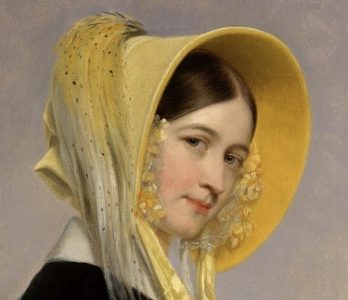
I seem to remember that he did a painting about the blind leading the blind, and it is possible to recognise the different kinds of eye disease afflicting each character. From an Art History class in 1979, but I think that is right. Similar story with his Children’s Games painting.
LikeLiked by 1 person
Hi jonpip – that is fascinating, and I would love to learn more. His paintings are like stepping into another world where many different stories are being told at once. Thanks for commenting. 🙂
LikeLike
His paintings seem to be documents into the past because he loved observing people.
LikeLiked by 1 person
Well done! An important reminder of the ways in which dominant religious and social forces had once dictated our artistic expression.
Are you aware of changes underway in the art world that depict man’s new relationship with nature, manifested in climate change?
LikeLiked by 1 person
Sounds interesting! 🙂
LikeLiked by 1 person
Enlarging the detail views is especially helpful in appreciating this great painting. Thanks as always for providing this superb level of presentation and documentation.
LikeLiked by 2 people
I appreciate your comments – thanks for visiting! 🙂
LikeLiked by 2 people
I had a print of The Harvesters in my office for years.
LikeLiked by 2 people
😎 Thanks for visiting, Cindy.
LikeLiked by 1 person